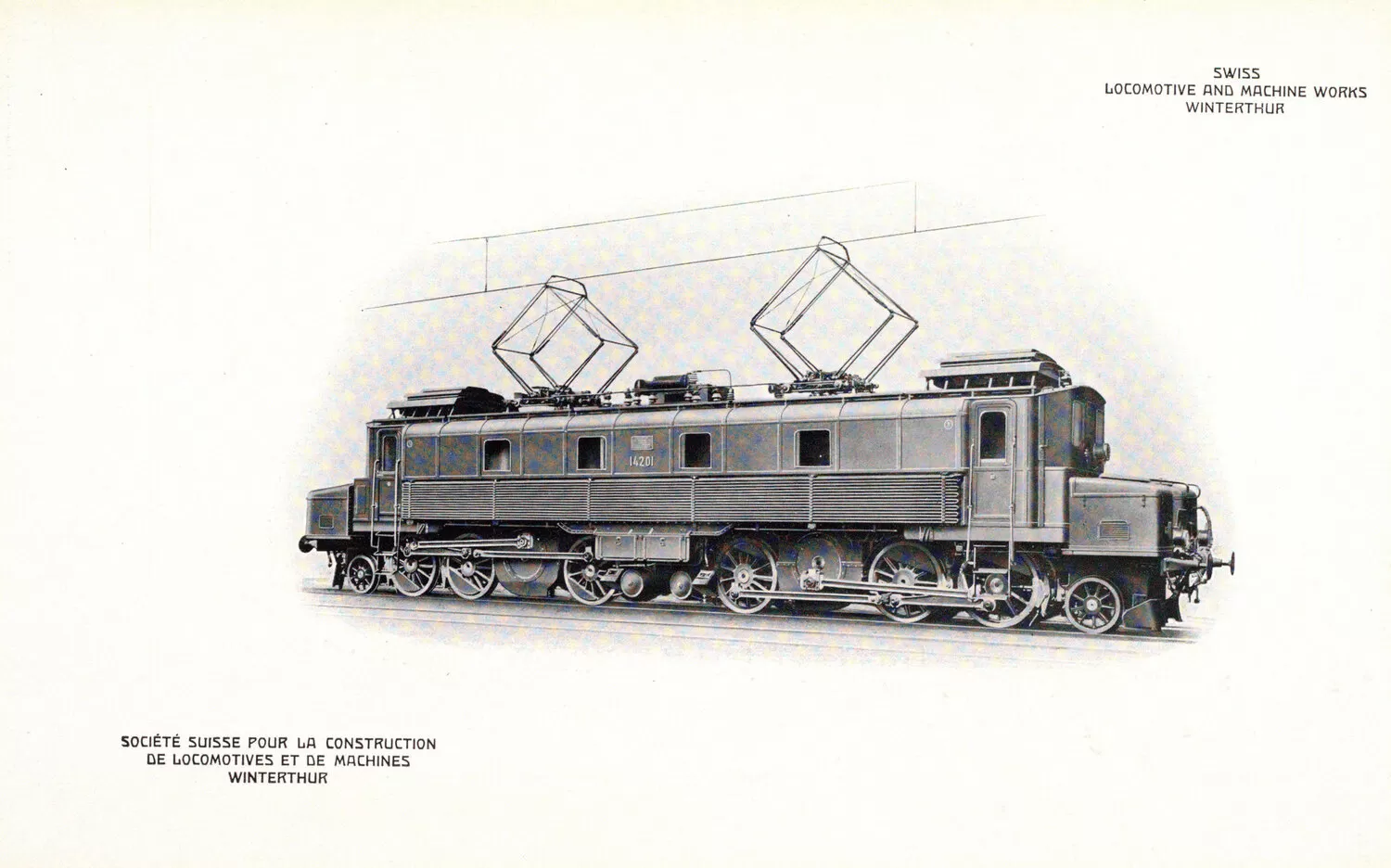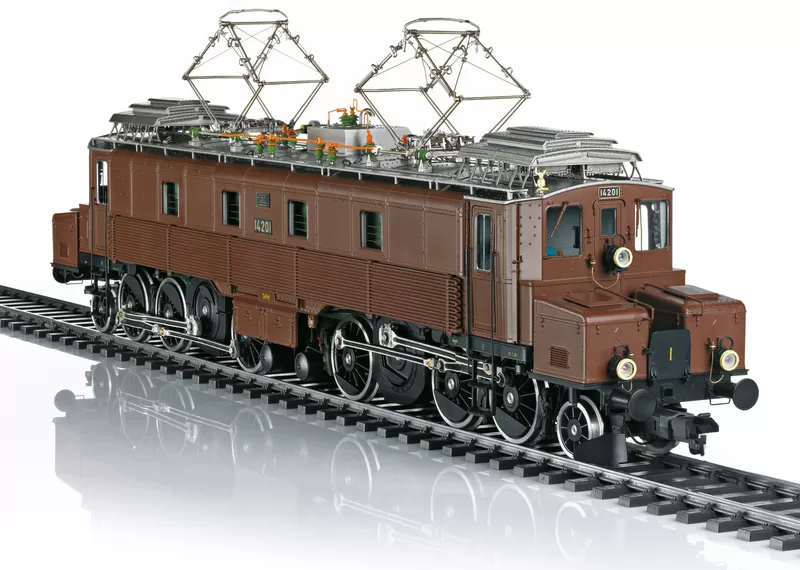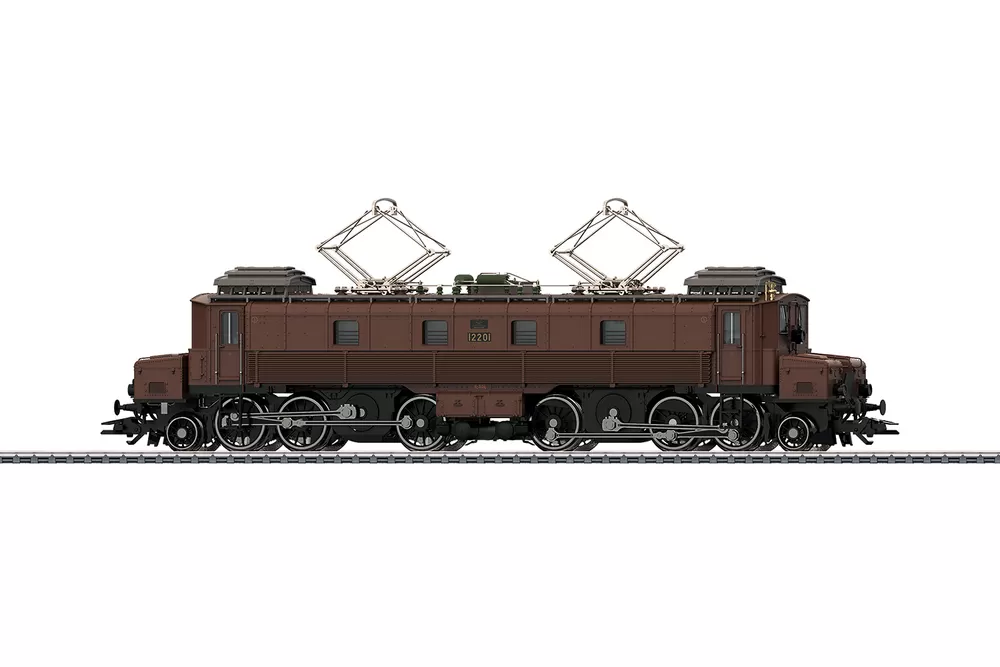
Source: J. Vernet
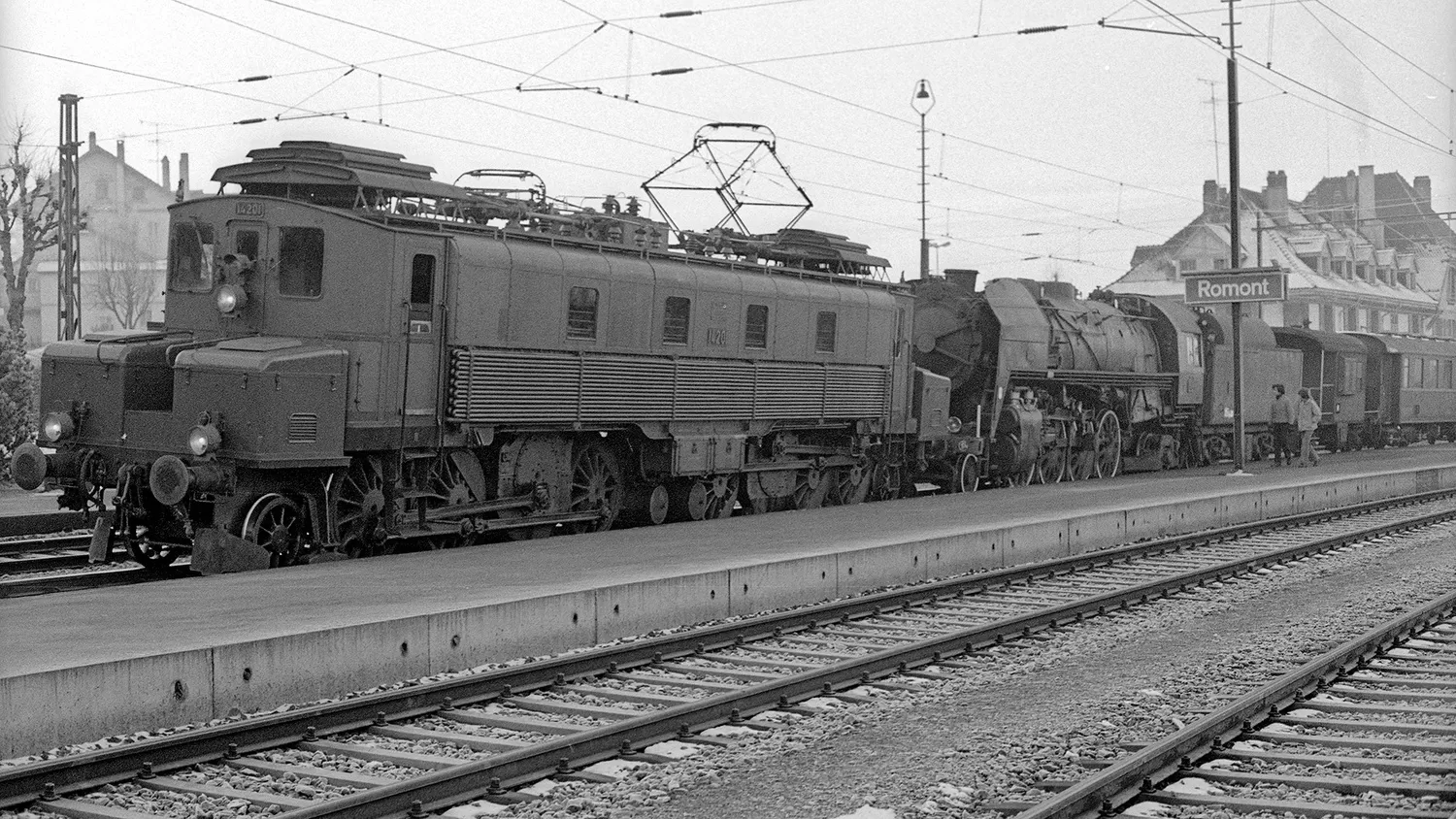
Source: J. Vernet

Source: J. Vernet
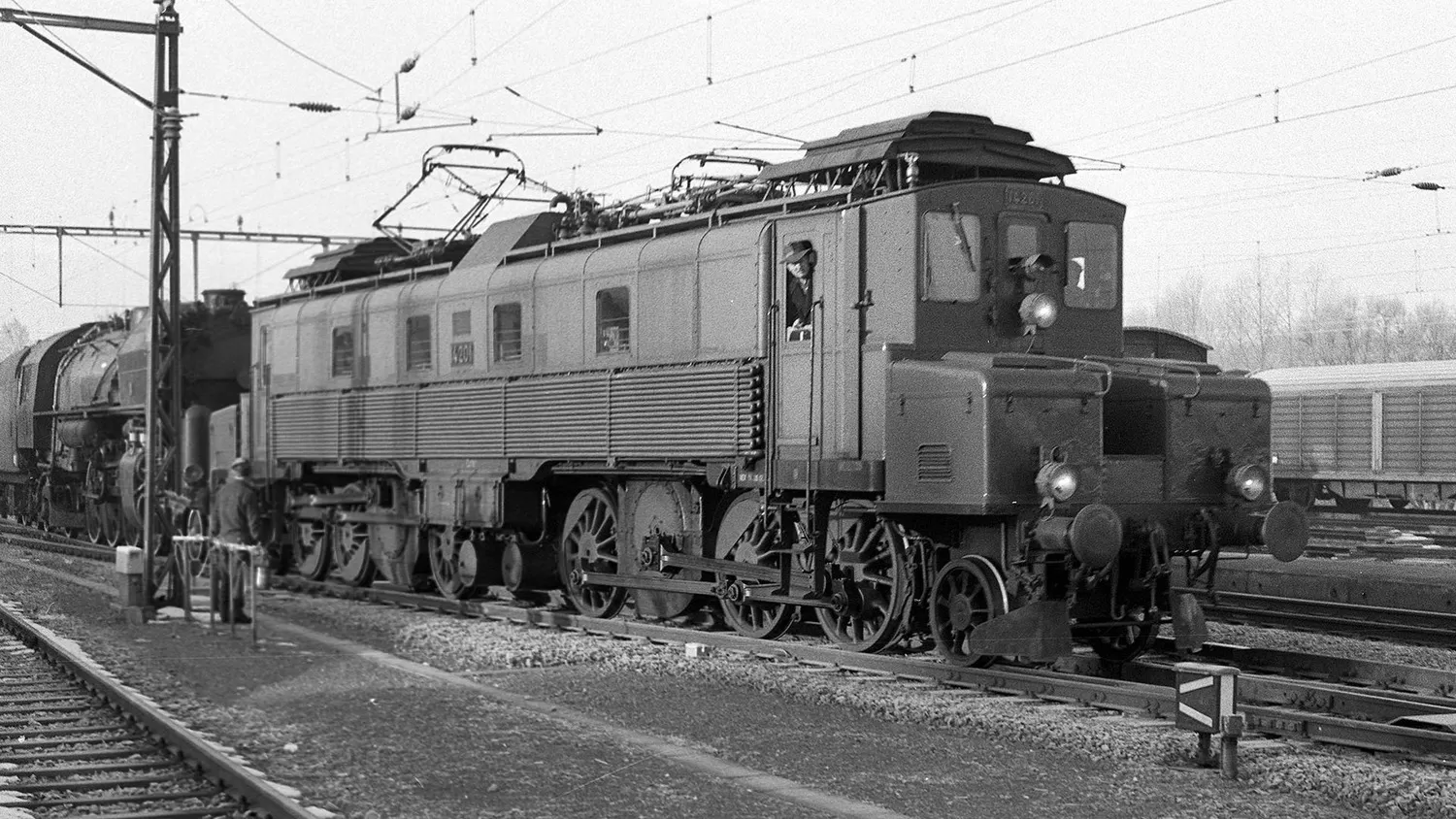
Source: cgn02.ch
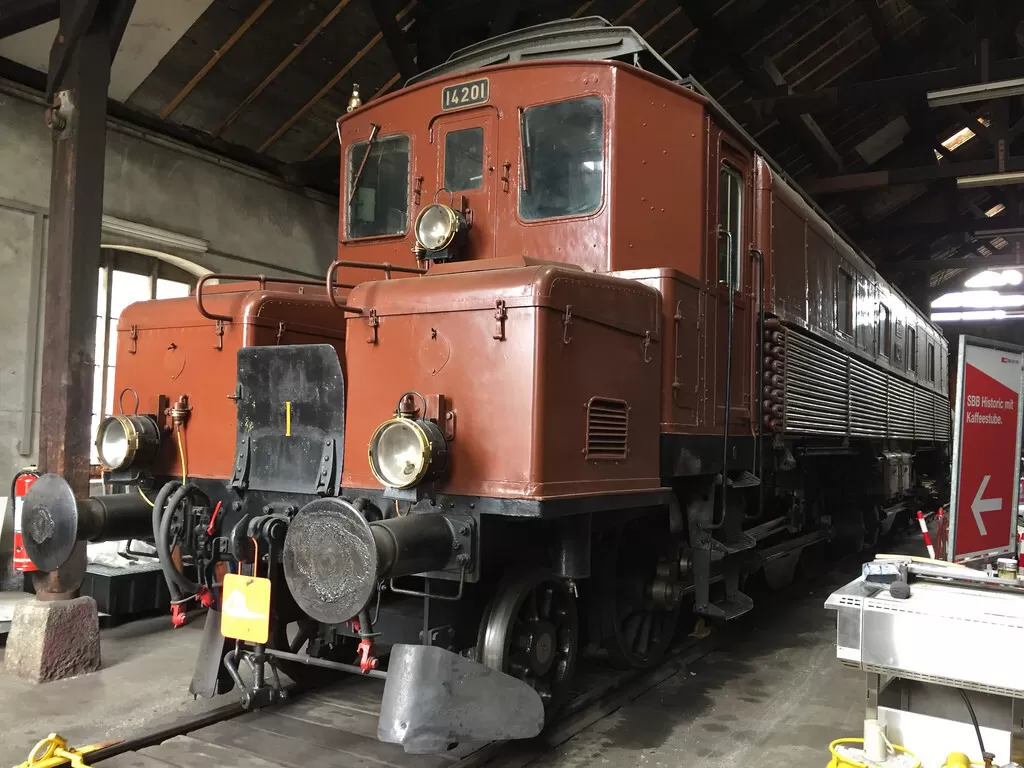
Source: daveymills37886
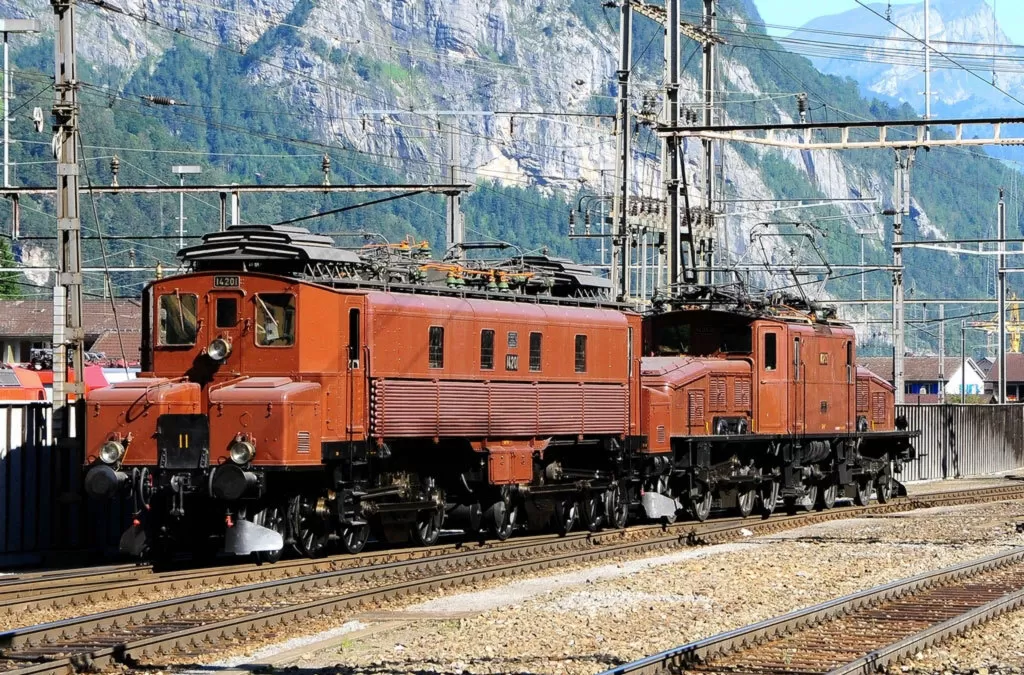
Source: Peider SwissTrip

Source: Hurni Christoph
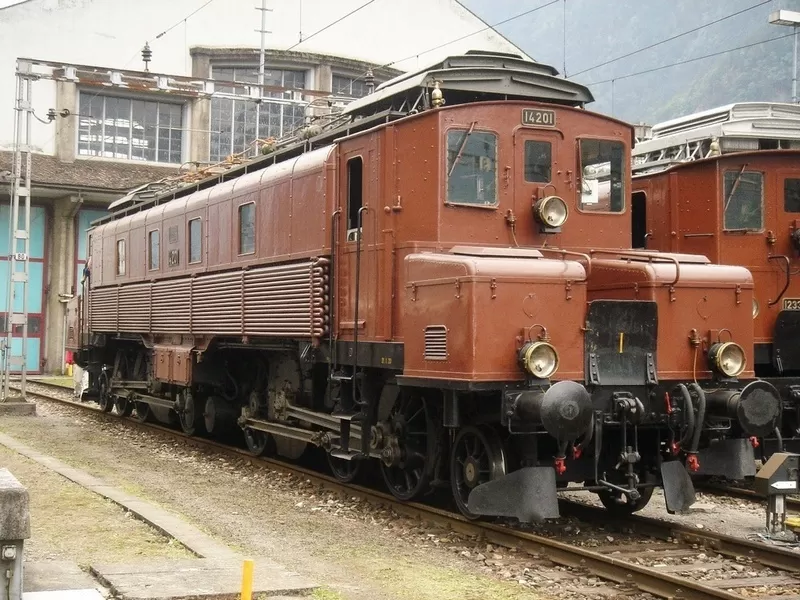
Source: jackonline.ch
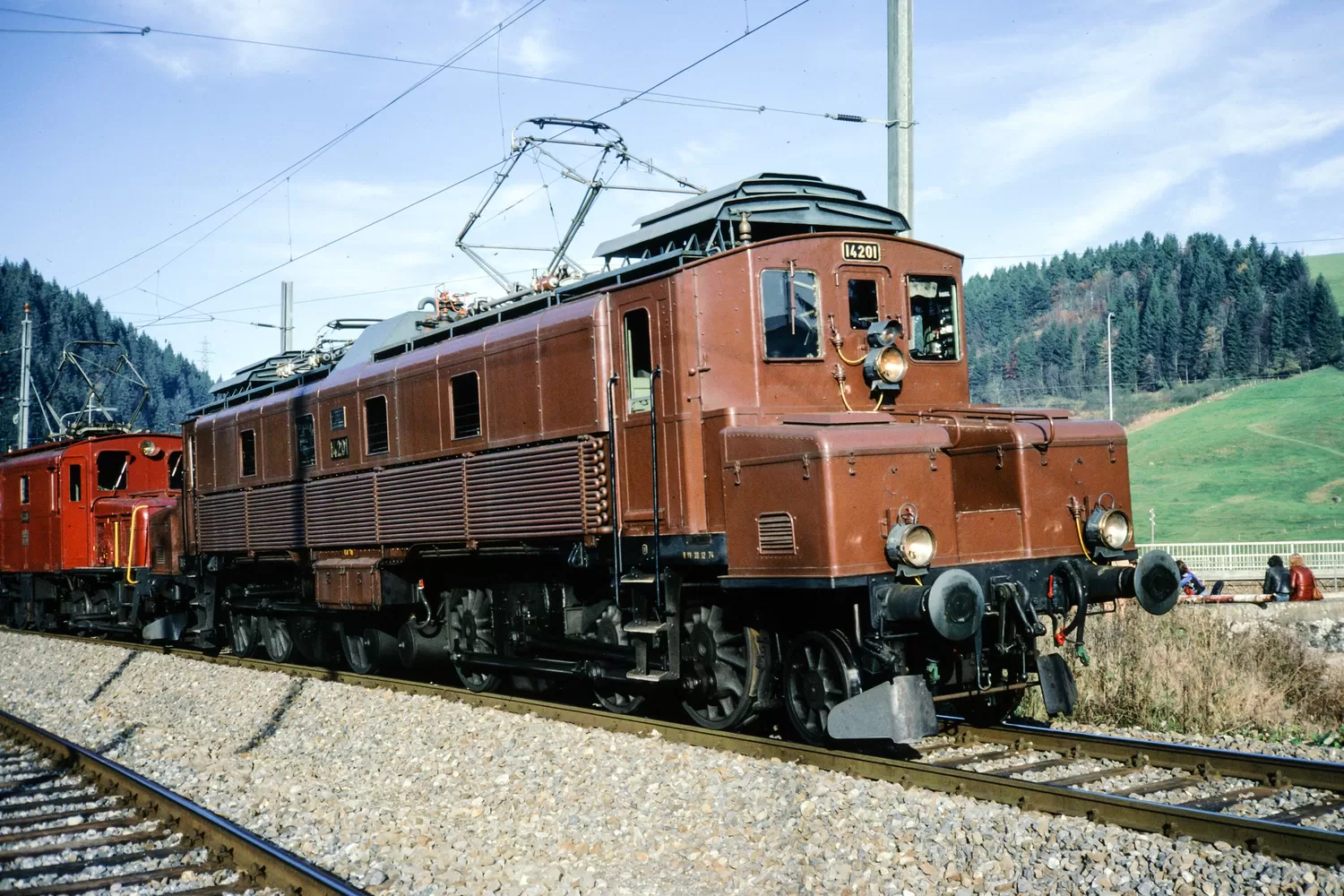
Source: Kurbelwelle
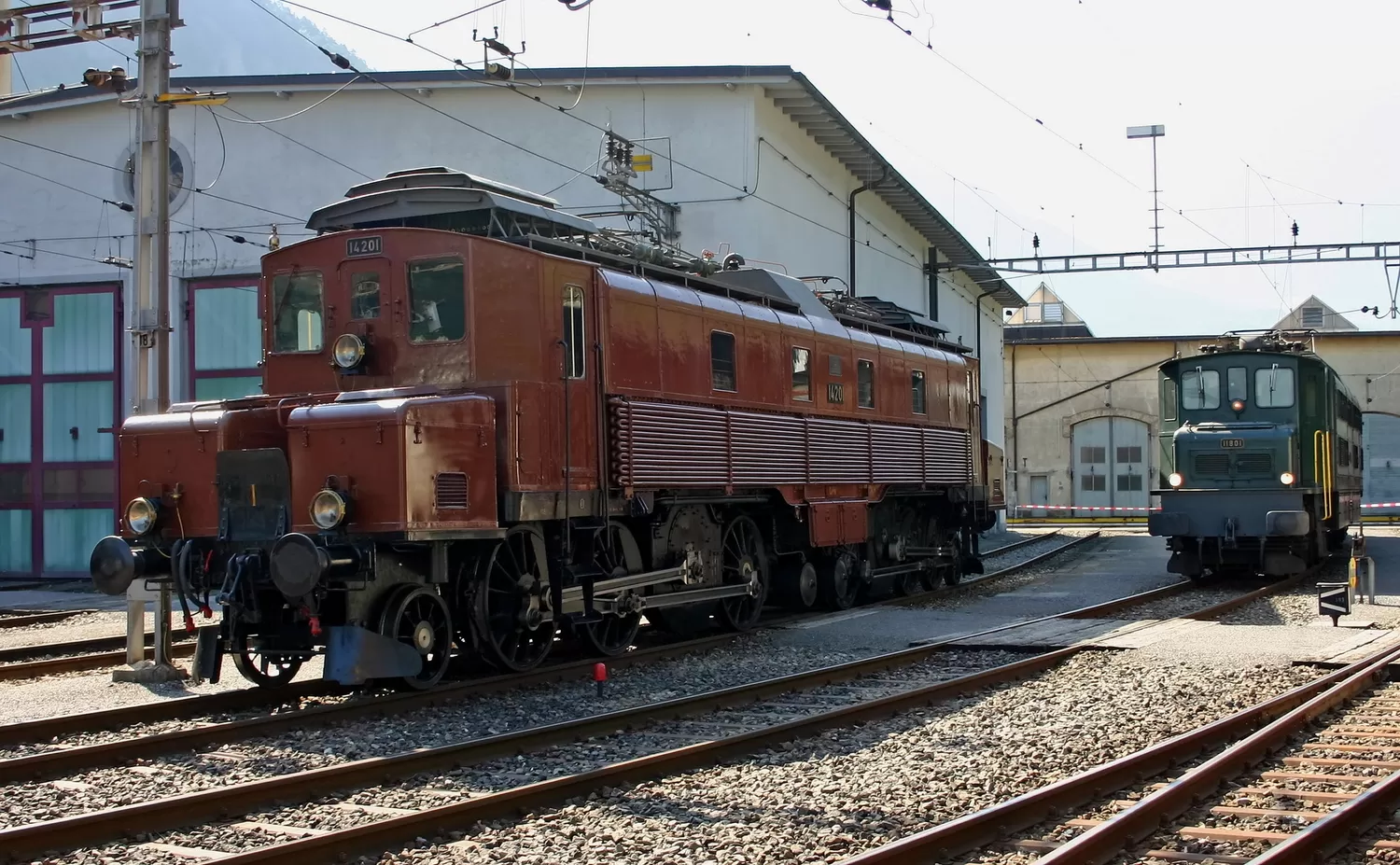
Source: Vectron X4E
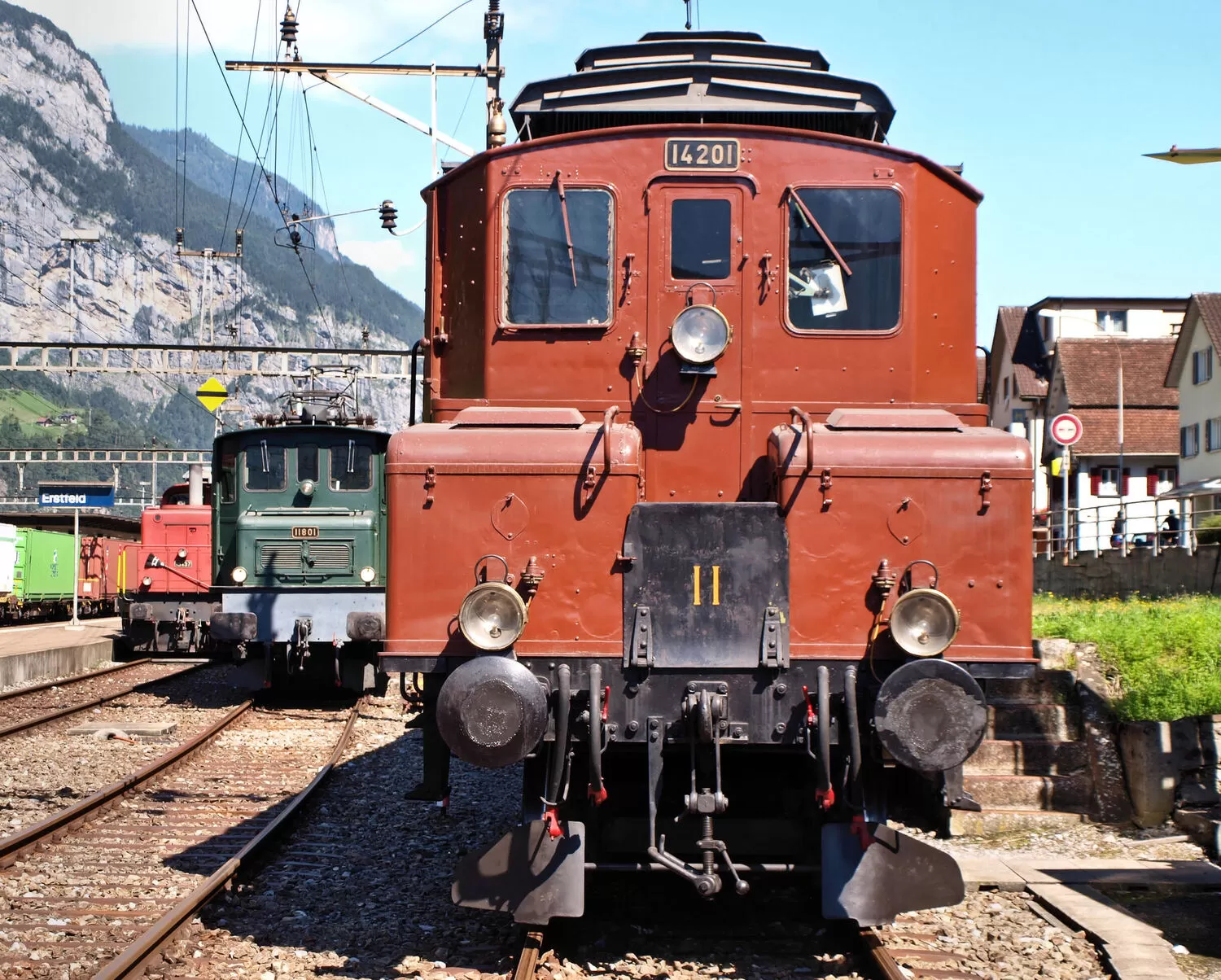
Source: peters452002
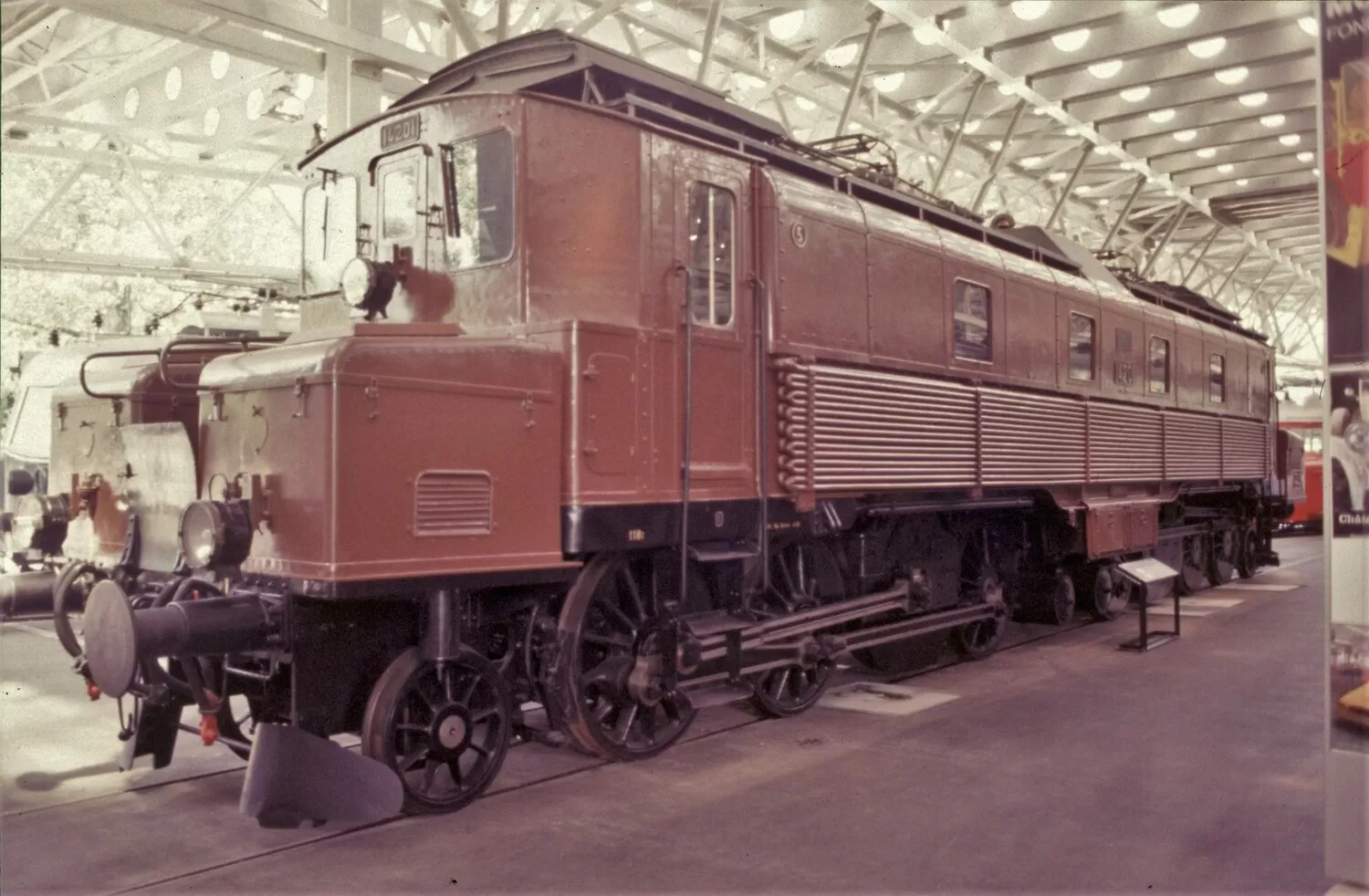
Source: nigelmenzies
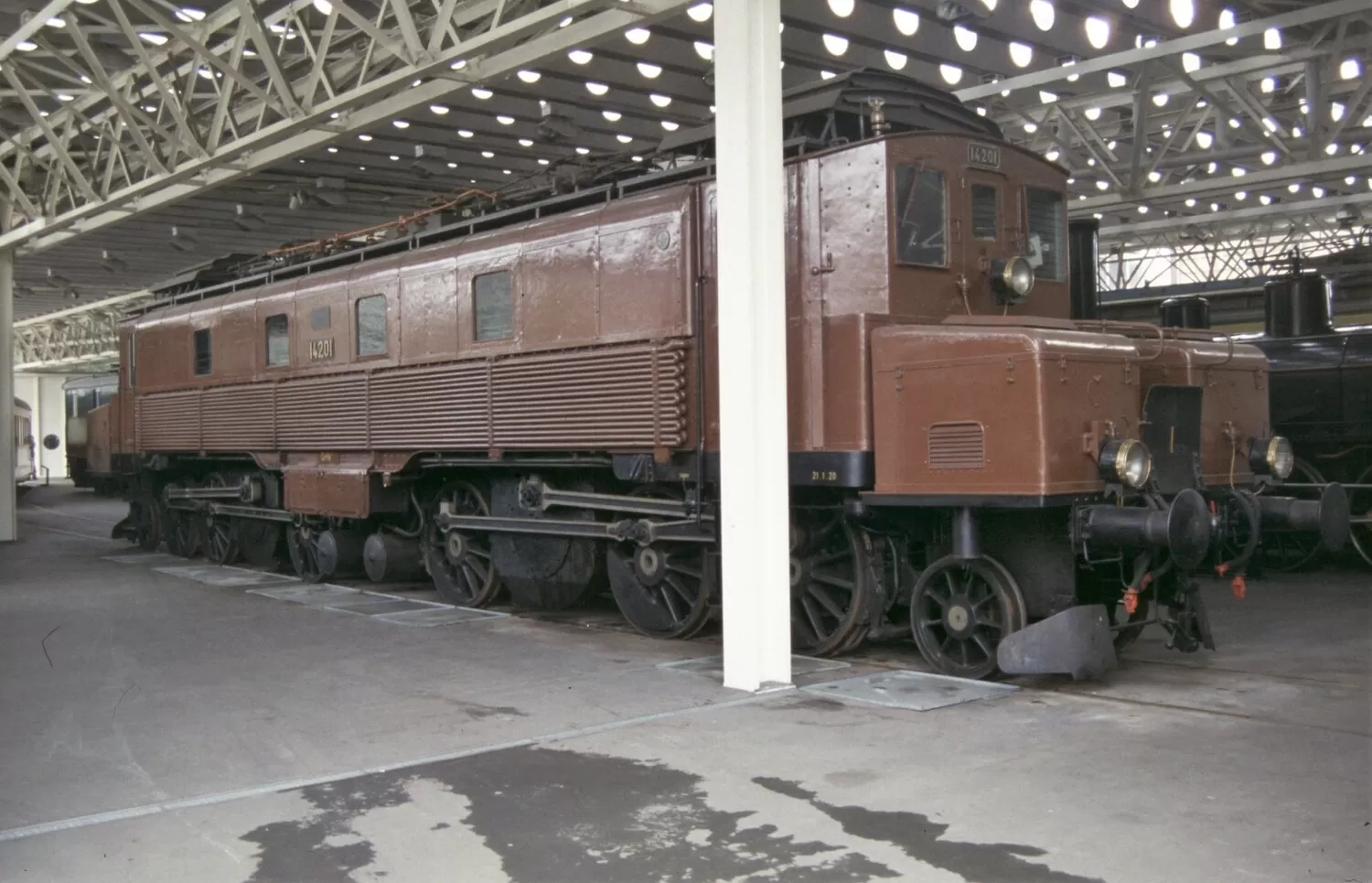
Source: nigelmenzies
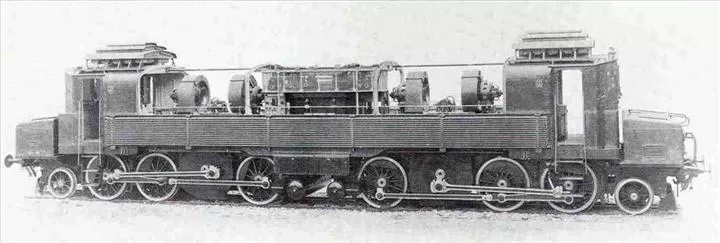
Source: voepelm.de
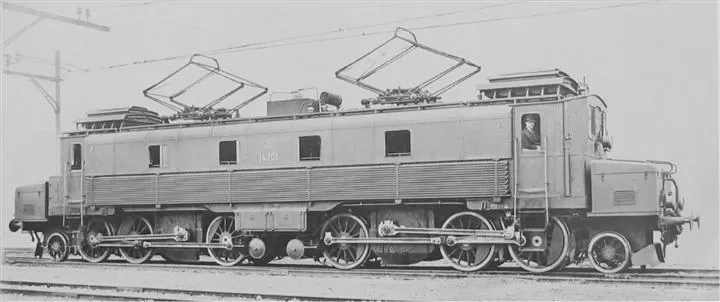
Source: voepelm.de
Also known as:
Vehicle type:
Registration country:
1917
June
Initially marked as Fc 2x3/4 12201, the locomotive is part of a series of 4 locomotives ordered by the Swiss Federal Railways (SBB CFF FFS) in June 1917 for testing purposes to prepare series orders. The other 3 engines are Fb 2x2/3 11301 (later Be 4/6 12301), Fb 2x2/3 11302 (later Be 4/6 12302) and Fb 3/5 11201 (later Be 3/5 12201).
The technical specifications asked by the Swiss Federal Railways (SBB CFF FFS) for the new electric locomotives were:
- maximum running weight: 7 t/m;
- maximum axle load: 18 t (at a later, after adaptation of the infrastructure: 20 t);
- capable of pulling a wagon load of 430 t on a 26 ‰ gradient at a speed of 35 km/h;
- safe starting with this load on a 26 ‰ gradient and capable of reaching 35 km/h within 4 minutes;
- capable of two round trips Arth-Goldau - Chiasso (780 km) within 28 hours;
- electric recuperation braking system for decelerating the locomotive on a 26 ‰ gradient during 15 minutes without damage.
Apart from complying with the specifications, the Swiss Federal Railways (SBB CFF FFS) gave the design engineers great freedom to work out the designs.
The initial design proposed by the BBC was similar to the Fc 2x3/3 121 (later Ce 6/6 121), built in 1910 by SLM / MFO as a (C')(C') locomotive without running axles for Berner Alpenbahn-Gesellschaft Bern–Lötschberg–Simplon (BLS). It soon turned out, however, that the weight limits of the specifications could not be met. Therefore it has been decided to extend the bogie frame of the locomotive by adding one running axis at both ends. The wheel alignment thus changed to (1'C)(C1'). But the construction of the locomotive was well advanced and only the most necessary modifications were implemented. The initial appearance and the placement of the cabins was based on the (C')(C') design and it was too late to modify it. This is where the engine got its nickname "Köfferliloki": the front looks like it has two suitcases stuck on top of the 2 running axles added at both extremities.
The weight issue was resolved by the design was not ideal. The running axles had an axle load of just under 10 t while the load distribution on the driving axles was very uneven: each of the 6 driving axles (with the exceptions of the 2 middle ones) had a different load between 13.4 t and 18.7 t.
1919
July 7
Technical specifications:
- Power: 1 750 kW (2 370 hp)
- Top speed: 65 km/h
- Length over buffers: 19 240 mm
1919
December
1920
March
1920
May
1920
October 18
1921
March
1931
1938
1961
1964
1968
1982
May
Since the locomotive is in the Lucerne Museum of Transport.
Do you have additional informations regarding this vehicle?
Help us writing the history of Ce 6/8I 14201! Your knowledge is precious for us and the entire community, do not hesitate to share your facts, photos or videos:
Latest update on the 31st of December 2018 at 11:25
Contributor(s): Tudor C.
Discussion forum

